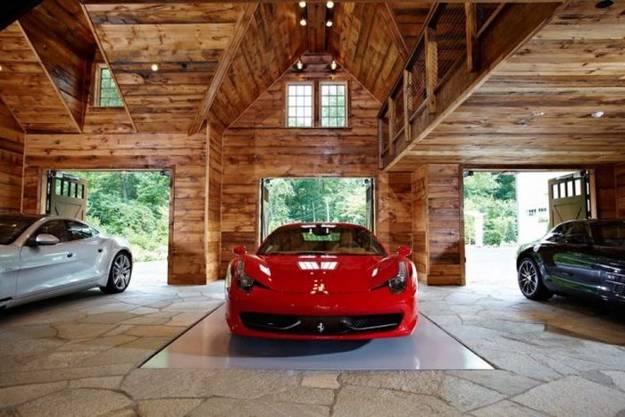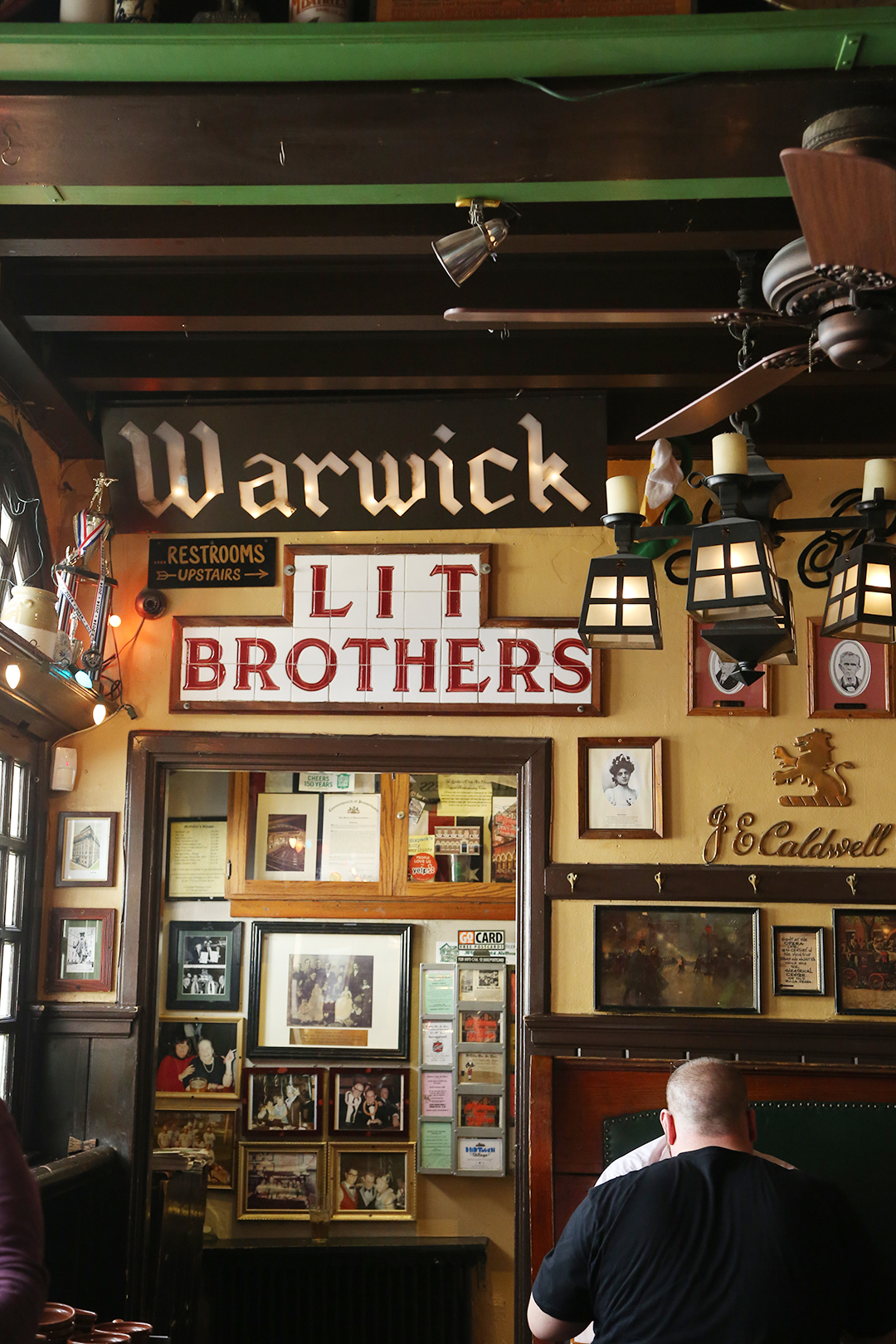Table Of Content

Although the name “White House” was commonly used from about the same time (because the mansion’s white-gray sandstone contrasted strikingly with the red brick of nearby buildings), it did not become the official name of the building until 1901, when it was adopted by Pres. The White House is the oldest federal building in the nation’s capital. The Neoclassical design of the White House is based primarily on architectural concepts inherited from the Roman architect Vitruvius and the Venetian architect Andrea Palladio.
Maintenance

Over the years, these have been replaced by concrete walls and steel beams. The pavilions, porticos, or columns supporting the entrance roof were added later. The second floor is occupied by support staff, including the first lady’s office, the social secretary, the White House calligrapher, and other formal correspondence staff. This floor accommodates the offices of staff serving the president, assistants, speechwriters, and legal advisors. This floor was established in 1934 during Franklin Roosevelt’s tenure. Except for the entrance hall, which ceiling is 5.80 meters high, and the east room at 6.10 meters, the rest of the ceilings rise to 5.50 meters.
The White House since the Kennedy restoration
An airplane crashed into the White House in 1994 but no one apart from the pilot was hurt. Terror attacks domestically like the 9/11 attacks and the Oklahoma bombings have resulted in high-level security measures being taken to protect the house. In 1842 the visit to the United States of the English novelist Charles Dickens brought an official invitation to the White House. After his calls at the White House door went unanswered, Dickens let himself in and walked through the mansion from room to room on the lower and upper floors.
Presidents
On any given day, you’re likely to see protestors, Americans paying their respects, and even motorcades among the hustle and bustle of activity. You can actually get inside by submitting a request to your local senator in advance. The inside is a lot smaller than you’d think, but you’re also only allowed in a few certain areas of the building. Visitors, for example, don’t even get to go into the wing of the White House that contains the Oval Office, so that whole half of the building is off-limits.
The architect was chosen in a contest that received several proposals and was won by James Hoban. Hoban was persuaded to submit a design by Washington himself, who was the judge, and of course selected it. Open to the public for free, the White House reflects the nation’s history through the various collections and characters that each of its residents has left on its walls, serving as a global symbol of the American Nation. The White House is the official residence and primary workplace of the President of the United States. On May 20, 1995, primarily as a response to the Oklahoma City bombing of April 19, 1995, the United States Secret Service closed off Pennsylvania Avenue to vehicular traffic in front of the White House, from the eastern edge of Lafayette Park to 17th Street. Later, the closure was extended an additional block to the east to 15th Street, and East Executive Avenue, a small street between the White House and the Treasury Building.
During the War of 1812, the British set fire to the President’s House, and James Hoban was appointed to rebuild it. James Monroe moved into the building in 1817, and during his administration, the South Portico was constructed. Various proposals were put forward during the late 19th century to significantly expand the President’s House or to build an entirely new residence, but these plans were never realized.
Gov. Abbott Condemns President Biden's Illegal Rewrite Of Title IX - Texas Border Business
Gov. Abbott Condemns President Biden's Illegal Rewrite Of Title IX.
Posted: Mon, 29 Apr 2024 18:23:10 GMT [source]
In bold contrast to many of the somber classical revival buildings in Washington, the EEOB’s flamboyant style epitomizes the optimism and exuberance of the post–Civil War period. When construction was completed in 1800, the building was commissioned by President John Adams who became the first occupant. Previous presidents lived in mansions around New York and Philadelphia.
They also reviewed ongoing talks to secure the release of hostages together with an immediate ceasefire in Gaza. The President referred to his statement with 17 other world leaders demanding that Hamas release their citizens without delay to secure a ceasefire and relief for the people of Gaza. The President and the Prime Minister also discussed increases in the delivery of humanitarian assistance into Gaza including through preparations to open new northern crossings starting this week. The President stressed the need for this progress to be sustained and enhanced in full coordination with humanitarian organizations. The leaders discussed Rafah and the President reiterated his clear position.
Jacqueline Kennedy restoration
Alfred Mullett’s interpretation of the French Second Empire style was, however, particularly Americanized in its lack of an ornate sculptural program and its bold, linear details. Gradually, the original tenants of the EEOB vacated the building — the Navy Department left in 1918 (except for the Secretary who stayed until 1921), followed by the War Department in 1938, and finally by the State Department in 1947. The White House began to move some of its offices across West Executive Avenue in 1939, and in 1949 the building was turned over to the Executive Office of the President and renamed the Executive Office Building. The building continues to house various agencies that comprise the Executive Office of the President, such as the White House Office, the Office of the Vice President, the Office of Management and Budget, and the National Security Council. When the EEOB was finished in 1888, it was the largest office building in Washington, with nearly 2 miles of black and white tiled corridors. Almost all of the interior detail is of cast iron or plaster; the use of wood was minimized to ensure fire safety.
Theodore Roosevelt removed the Victorian decor accumulated over the past 30 years and returned to its federal roots with some Georgian elements. The first “west and east wing” were built, and the staff was relocated. On October 13, 1792, George Washington laid the cornerstone of the building that would become a large neoclassical federal-style mansion, with details echoing classical Greek architecture. The initial plans for the construction of the Presidential Palace were made by the engineer and artist Pierre Charles L’Enfant, who worked with George Washington on the design of a capital city for the new nation. L’Enfant envisioned a majestic house roughly four times the size of the current White House. The residence of the president of the United States is a large neoclassical federal-style mansion, with details echoing Greek classical architecture.
Not long after this construction, it was discovered that the main body of the residence was structurally unstable. The structure was emptied and rebuilt using concrete and steel beams to replace the original wooden beams. Bathrooms were added to each room, and the grand staircase was opened to the Entrance Hall instead of the Cross Hall. The house was considerably smaller than the grand palace originally designed by L’Enfant, nevertheless, when completed, the president’s house was the largest residence in the United States and remained so until the 1860s.















